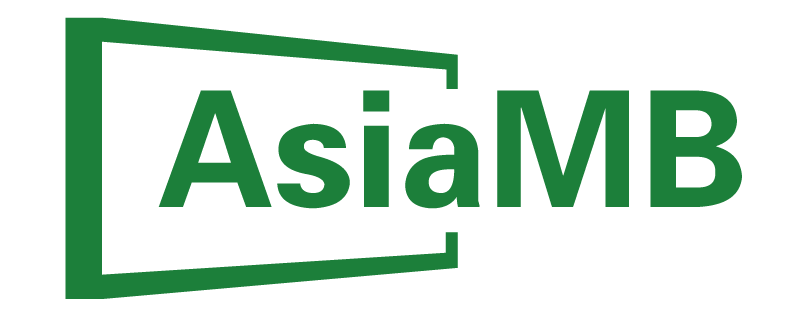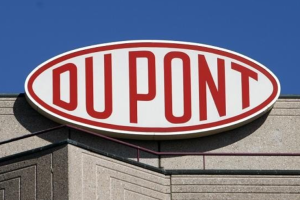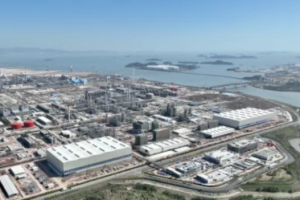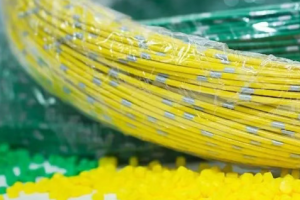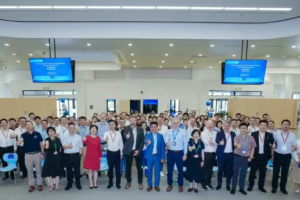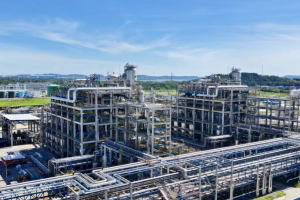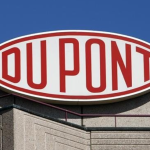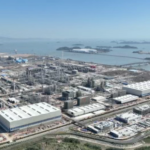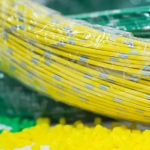August 28, 2024 – Renowned companies in the industry, such as Shenzhou Jiaxin Chemical Co., Ltd. and Guizhou Yufulong Technology Co., Ltd., have recently announced price adjustments, increasing the cost of precipitated barium sulfate by 100 yuan per ton. This marks another fluctuation in the precipitated barium sulfate market, following multiple price hikes earlier this year.

According to AsiaMB, the main factors driving this price increase are escalating environmental protection measures and rising raw material costs. Manufacturers are facing mounting pressure to invest in environmental protection initiatives, coupled with the steady increase in the price of barite ore, a key raw material. These factors have significantly impacted production costs.
Precipitated barium sulfate, a white amorphous powder, is highly valued for its chemical stability, acid and alkali resistance, ability to absorb harmful radiation, and high refractive index. These properties make it suitable for use in various applications. The most common production method for precipitated barium sulfate is the Glauber’s salt-sodium sulfate process, which uses barite as the primary raw material, highlighting the resource-dependent nature of the industry.
Currently, most domestic barium sulfate producers are located in regions rich in resources such as barite, coal, and Glauber’s salt, including Hubei, Hunan, Sichuan, and Guizhou provinces. However, due to the non-renewable nature of barite ore, the government has implemented control measures to restrict mining and prevent overexploitation and low-priced exports. This policy shift has exacerbated the supply shortage of raw materials, further driving up the price of barium sulfate products.
Industry insiders note that despite the pressure on downstream enterprises caused by the price hikes, these adjustments are necessary for the sustainable development of the industry. The future of the precipitated barium sulfate sector remains challenging yet full of opportunities, given the dual pressures of environmental regulations and escalating raw material costs.
